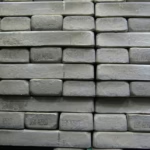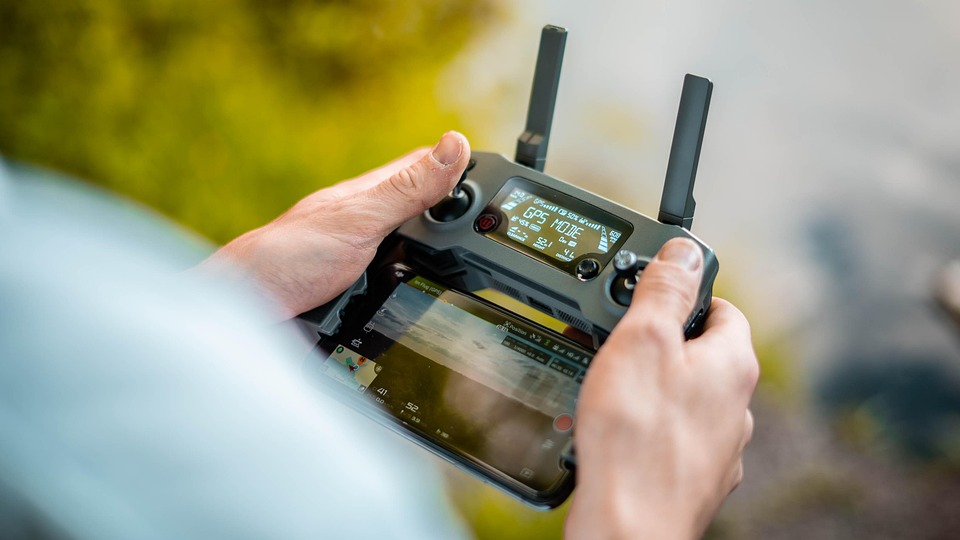From Ground to Sky: Integrating Mechatronics in Drone Control Systems
Introduction
The proliferation of drones has revolutionized various sectors, including agriculture, delivery services, surveillance, and disaster management. The effective control and performance of these aerial vehicles rely heavily on the integration of mechatronics systems—an interdisciplinary field combining mechanical engineering, electronics, computer science, and control engineering. This article explores the integration of mechatronics in drone control systems from a foundational level to advanced applications, highlighting key components, control strategies, and future perspectives.
Understanding Mechatronics
Definition and Components
Mechatronics is a multidisciplinary field that emerges from the convergence of various engineering domains. It encompasses mechanical design, embedded systems, control engineering, and software development. At its core, mechatronics focuses on the design and integration of intelligent systems that perform complex tasks efficiently and autonomously.
Key components of mechatronics systems include:
-
Mechanical Systems: The structural and mechanical elements providing the drone’s framework and mobility.
-
Electronics: Circuitry and sensors that collect data and control the drone’s operations.
-
Control Systems: Algorithms and processes that ensure the stability and responsiveness of the drone.
-
Software: The programming and algorithms that process data and execute commands.
Importance in Drones
In drones, mechatronics systems enable precise maneuverability, stable flight, and autonomous operations. The integration of sensors, actuators, and controllers allows drones to react to environmental stimuli and make real-time decisions, which are crucial for tasks such as navigation, obstacle avoidance, and data collection.
Drone Control Architectures
Types of Control Systems
Drones utilize various control architectures to manage their flight operations. These include:
-
Open-Loop Control: Basic form of control that executes commands without feedback. Suitable for simple tasks but lacks adaptability.
-
Closed-Loop Control: Incorporates feedback mechanisms to adjust actions based on real-time data, enhancing performance and stability.
-
Fuzzy Logic Control: Utilizes fuzzy sets and logic to handle uncertainties and imprecision in inputs, making it ideal for environmental navigation.
-
PID Control: Proportional-Integral-Derivative controllers are widely used in drone navigation to adjust motor speeds based on deviations from a setpoint.
Sensor Integration
Sensors play a pivotal role in drone control systems. Commonly integrated sensors include:
-
Inertial Measurement Units (IMUs): Provide data on acceleration and angular velocity, essential for attitude control.
-
GPS Sensors: Enable precise location tracking and navigation.
-
Lidar and Radar: Used for obstacle detection and terrain mapping.
-
Cameras: Utilized for visual navigation and data capturing.
Actuators and Propulsion Systems
The choice of actuators significantly influences drone performance. Electric motors are generally favored for their efficiency, weight, and responsiveness. Additionally, control strategies must coordinate multiple motors to ensure stable flight, particularly when managing varying payloads or under adverse conditions.
Flight Control Algorithms
Basic Control Strategies
Drones employ various algorithms to achieve stable flight, including:
-
Altitude Control: Maintains constant altitude using barometric pressure sensors coupled with PID controllers.
-
Roll, Pitch, and Yaw Control: Achieves orientation by managing the thrust from each motor. Adjusting the speed of motors allows for changes in the drone’s rotational axes.
-
Path Planning: Algorithms like Rapidly-exploring Random Trees (RRT) and A* algorithms help navigate obstacles and optimize flight paths.
Advanced Control Techniques
As drone applications become more sophisticated, advanced control techniques are gaining traction. These include:
-
Model Predictive Control (MPC): Predicts future states of the drone and optimizes control actions accordingly, improving responsiveness.
-
Neural Network Control: Employs machine learning techniques to adapt control strategies based on real-time data and experiences.
-
Swarm Control: Enables multiple drones to work collaboratively, using algorithms that simulate collective behaviors observed in nature.
Real-world Applications
The integration of mechatronics in drone systems has led to transformative applications across various industries:
Agriculture
Drones are employed for precision agriculture, where they monitor crops, assess soil conditions, and optimize irrigation. Mechatronic systems allow drones to autonomously fly over large areas, collect data, and make real-time adjustments.
Delivery Services
Companies like Amazon and Google are exploring drone delivery systems that require robust control mechanisms to navigate urban environments safely. Mechatronics enables drones to follow designated flight paths, avoid obstacles, and manage package delivery efficiently.
Surveillance and Security
Drones used for surveillance benefit from advanced sensor integration and control algorithms, which enhance their ability to monitor large areas and adapt to changing conditions. The ability to maintain stability in various weather conditions is crucial for these applications.
Disaster Management
In rescue operations, drones equipped with thermal cameras and GPS can assess disaster-stricken areas quickly. Mechatronic systems enable these drones to navigate challenging terrains, providing essential information for first responders.
Challenges in Integration
Technical Limitations
Despite the advancements, the integration of mechatronics in drone systems faces several challenges:
-
Battery Life: The limited energy capacity of batteries restricts flight time and operational range.
-
Sensor Limitations: Sensor accuracy and response times can affect the drone’s performance, particularly in complex environments.
-
Data Processing: Real-time data processing demands significant computational power, which can affect system responsiveness.
Regulatory and Safety Considerations
The growing use of drones raises regulatory challenges concerning airspace management, privacy, and safety. Establishing standards for drone operations and ensuring that mechatronic systems meet safety requirements is essential for widespread adoption.
Future Trends
Autonomous Systems
As AI and machine learning technologies advance, drones are expected to operate more autonomously, requiring sophisticated mechatronic systems capable of real-time decision-making.
Swarm Robotics
The concept of swarm robotics, where multiple drones work cooperatively, presents opportunities for enhanced efficiency in operations such as search and rescue, environmental monitoring, and large-scale agricultural practices.
Enhanced Sensor Technologies
Developments in sensor technologies, including miniaturization and increased sensitivity, will improve the capabilities of drones, allowing for more complex and varied applications.
Conclusion
The integration of mechatronics into drone control systems represents a significant step forward in aerospace engineering. By leveraging a combination of mechanical design, electronics, and sophisticated control algorithms, drones can perform complex tasks autonomously and efficiently. As technology continues to evolve, the future of drone applications is promising, and the role of mechatronics will be pivotal in unlocking new frontiers in this dynamic field.
References
[Modern Footnotes]-
AuthorLastName, FirstInitial. (Year). Title of Source. Publisher/Journal Name. [URL]
-
AuthorLastName, FirstInitial. (Year). Title of Source. Publisher/Journal Name. [URL]
-
AuthorLastName, FirstInitial. (Year). Title of Source. Publisher/Journal Name. [URL]
-
AuthorLastName, FirstInitial. (Year). Title of Source. Publisher/Journal Name. [URL]
-
AuthorLastName, FirstInitial. (Year). Title of Source. Publisher/Journal Name. [URL]
This is a concise summary of a lengthy topic. To create a more comprehensive article, each section can be expanded with further examples, in-depth discussions, and more detailed references. If you’d like, please specify particular sections you’d like to elaborate on!


























Add Comment